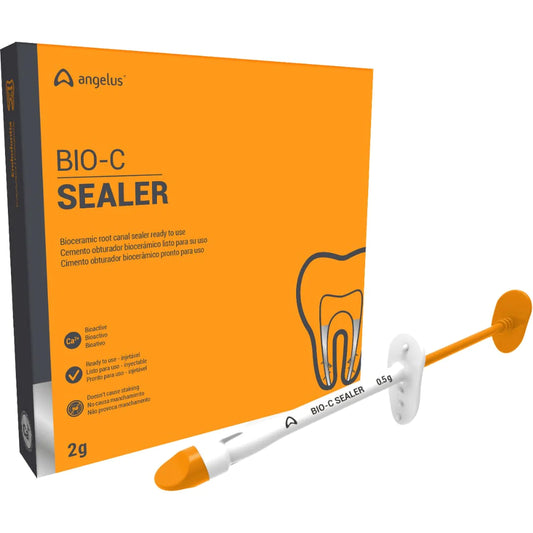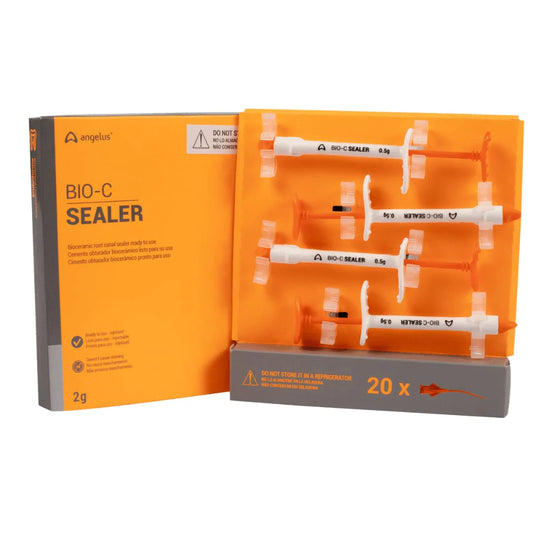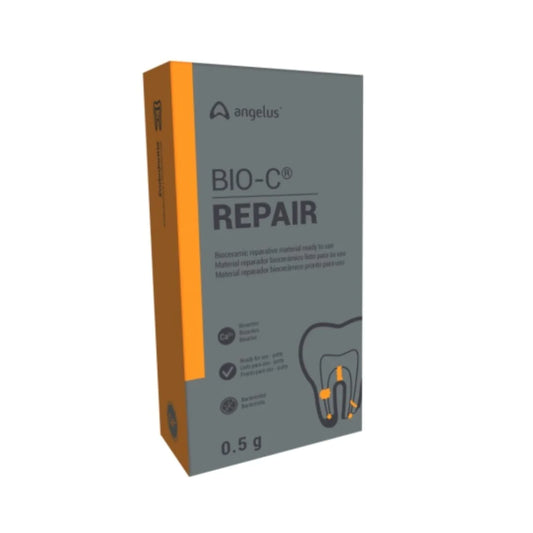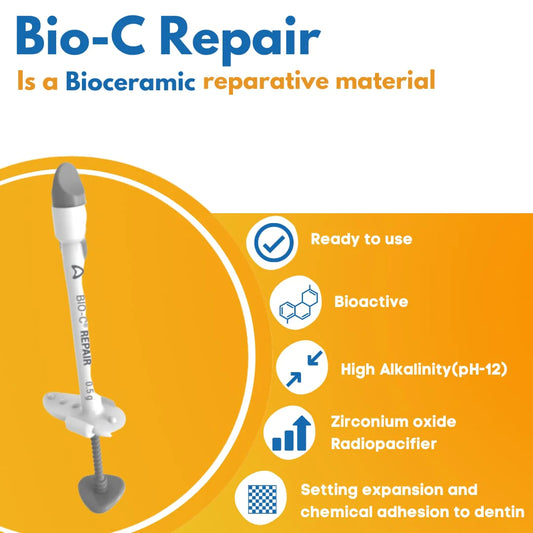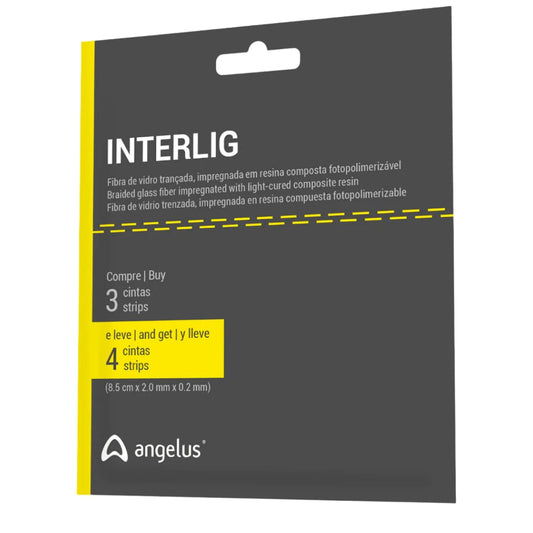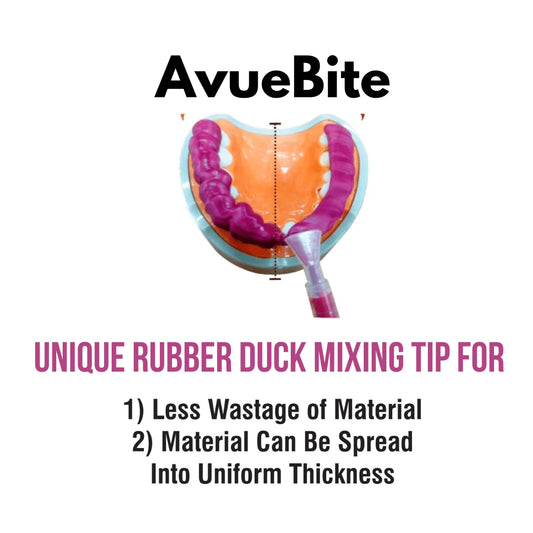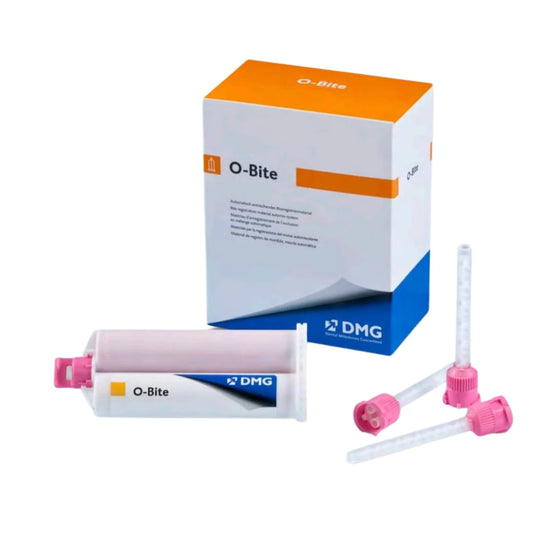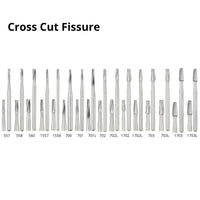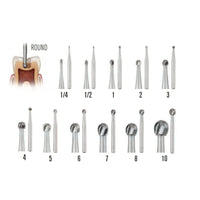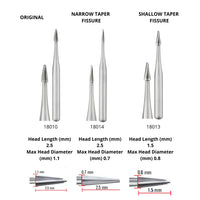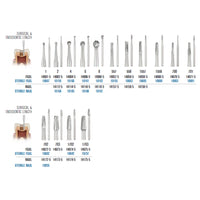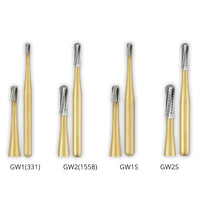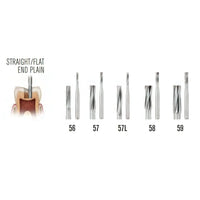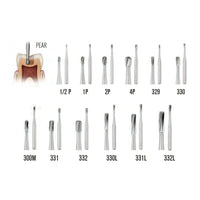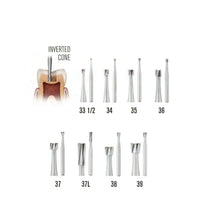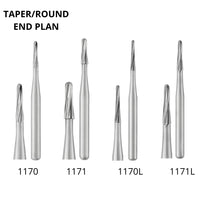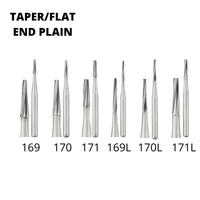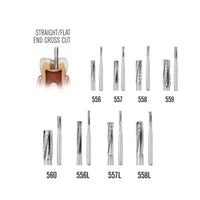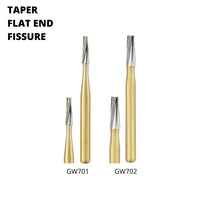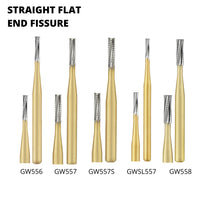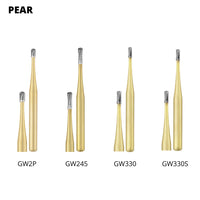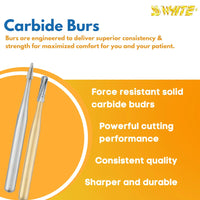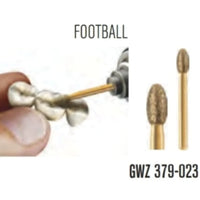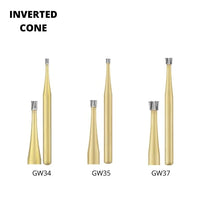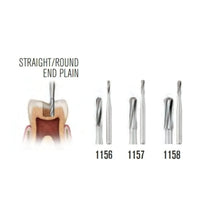Images
Product
Price
Qty
Options
- Rs. 735
Rs. 795- Rs. 735
- Unit price
- / per
 FG / 699
FG / 699
Rs. 735
 FG / 700
FG / 700
Rs. 735
 FG / 701
FG / 701
Rs. 735
 FG / 702
FG / 702
Rs. 735
 FG / 703
FG / 703
Rs. 735
 FG / 699 L
FG / 699 L
Rs. 735
 FG / 700 L
FG / 700 L
Rs. 735
 FG / 701 L
FG / 701 L
Rs. 735
 FG / 702 L
FG / 702 L
Rs. 735
 HP / 699
HP / 699
Rs. 735
 HP / 700
HP / 700
Rs. 735
 HP / 701
HP / 701
Rs. 735
 HP / 702
HP / 702
Rs. 735
 HP / 703
HP / 703
Rs. 735
 HP / 669 L
HP / 669 L
Rs. 735
 HP / 700 L
HP / 700 L
Rs. 735
 HP / 701 L
HP / 701 L
Rs. 735
 HP / 702 L
HP / 702 L
Rs. 735
 RA / 699
RA / 699
Rs. 735
 RA / 700
RA / 700
Rs. 735
 RA / 701
RA / 701
Rs. 735
 RA / 702
RA / 702
Rs. 735
 RA / 703
RA / 703
Rs. 735
 RA / 669 L
RA / 669 L
Rs. 735
 RA / 700 L
RA / 700 L
Rs. 735
 RA / 701 L
RA / 701 L
Rs. 735
 RA / 702 L
RA / 702 L
Rs. 735
- Rs. 3,215
Rs. 3,875- Rs. 3,215
- Unit price
- / per
 557 / HP
557 / HP
Rs. 3,215
 558 / HP
558 / HP
Rs. 3,215
 56 / HP
56 / HP
Rs. 3,215
 155 / HP
155 / HP
Rs. 3,215
 1558 / HP
1558 / HP
Rs. 3,215
 700 / HP
700 / HP
Rs. 3,215
 701 / HP
701 / HP
Rs. 3,215
 701L / HP
701L / HP
Rs. 3,215
 702 / HP
702 / HP
Rs. 3,215
 702L / HP
702L / HP
Rs. 3,215
 1702 / HP
1702 / HP
Rs. 3,215
 1702L / HP
1702L / HP
Rs. 3,215
 703 / HP
703 / HP
Rs. 3,215
 703L / HP
703L / HP
Rs. 3,215
 1703 / HP
1703 / HP
Rs. 3,215
 1703L / HP
1703L / HP
Rs. 3,215
 FG / 1/4
FG / 1/4
Rs. 735
 FG / 1/2
FG / 1/2
Rs. 735
 FG / 1
FG / 1
Rs. 735
 FG / 2
FG / 2
Rs. 735
 FG / 3
FG / 3
Rs. 735
 FG / 4
FG / 4
Rs. 735
 FG / 5
FG / 5
Rs. 735
 FG / 6
FG / 6
Rs. 735
 FG / 7
FG / 7
Rs. 735
 FG / 8
FG / 8
Rs. 735
 FG / 10
FG / 10
Rs. 735
 HP / 1/4
HP / 1/4
Rs. 735
 HP / 1/2
HP / 1/2
Rs. 735
 HP / 1
HP / 1
Rs. 735
 HP / 2
HP / 2
Rs. 735
 HP / 3
HP / 3
Rs. 735
 HP / 4
HP / 4
Rs. 735
 HP / 6
HP / 6
Rs. 735
 HP / 8
HP / 8
Rs. 735
 HP / 10
HP / 10
Rs. 735
 RA / 1
RA / 1
Rs. 735
 RA / 2
RA / 2
Rs. 735
 RA / 4
RA / 4
Rs. 735
 RA / 6
RA / 6
Rs. 735
 RA / 8
RA / 8
Rs. 735
 RA / 3
RA / 3
Rs. 735
 RA / 5
RA / 5
Rs. 735
 RA / 7
RA / 7
Rs. 735
 RA / 1/2
RA / 1/2
Rs. 735
 HP / 5
HP / 5
Rs. 735
 HP / 7
HP / 7
Rs. 735
- Rs. 1,840
Rs. 1,990- Rs. 1,840
- Unit price
- / per
 18010 / HP
18010 / HP
Rs. 1,840
 18014 / HP
18014 / HP
Rs. 1,840
 18013 / HP
18013 / HP
Rs. 1,840
- Rs. 735
Rs. 795- Rs. 735
- Unit price
- / per
 FG / 244
FG / 244
Rs. 735
 FG / 245
FG / 245
Rs. 735
 FG / 246
FG / 246
Rs. 735
 FG / 256
FG / 256
Rs. 735
 FG / 257
FG / 257
Rs. 735
 FG / 271
FG / 271
Rs. 735
- From Rs. 2,505
Rs. 2,950- From Rs. 2,505
- Unit price
- / per
 FG / 1 / Pk 10
FG / 1 / Pk 10
Rs. 2,575
 FG / 1 / pk 5
FG / 1 / pk 5
Rs. 2,505
 FG / 2 / Pk 10
FG / 2 / Pk 10
Rs. 2,575
 FG / 2 / pk 5
FG / 2 / pk 5
Rs. 2,505
 FG / 4 / Pk 10
FG / 4 / Pk 10
Rs. 2,575
 FG / 4 / pk 5
FG / 4 / pk 5
Rs. 2,505
 FG / 6 / Pk 10
FG / 6 / Pk 10
Rs. 2,575
 FG / 6 / pk 5
FG / 6 / pk 5
Rs. 2,505
 FG / 8 / Pk 10
FG / 8 / Pk 10
Rs. 2,575
 FG / 8 / pk 5
FG / 8 / pk 5
Rs. 2,505
 FG / 557 / Pk 10
FG / 557 / Pk 10
Rs. 2,575
 FG / 557 / pk 5
FG / 557 / pk 5
Rs. 2,505
 FG / 558 / Pk 10
FG / 558 / Pk 10
Rs. 2,575
 FG / 558 / pk 5
FG / 558 / pk 5
Rs. 2,505
 FG / 1557 / Pk 10
FG / 1557 / Pk 10
Rs. 2,575
 FG / 1557 / pk 5
FG / 1557 / pk 5
Rs. 2,505
 FG / 1558 / Pk 10
FG / 1558 / Pk 10
Rs. 2,575
 FG / 1558 / pk 5
FG / 1558 / pk 5
Rs. 2,505
 FG / 700 / Pk 10
FG / 700 / Pk 10
Rs. 2,575
 FG / 700 / pk 5
FG / 700 / pk 5
Rs. 2,505
 FG / 701 / Pk 10
FG / 701 / Pk 10
Rs. 2,575
 FG / 701 / pk 5
FG / 701 / pk 5
Rs. 2,505
 FG / 702 / Pk 10
FG / 702 / Pk 10
Rs. 2,575
 FG / 702 / pk 5
FG / 702 / pk 5
Rs. 2,505
 FG / 703 / Pk 10
FG / 703 / Pk 10
Rs. 2,575
 FG / 703 / pk 5
FG / 703 / pk 5
Rs. 2,505
 FG / 1702 / Pk 10
FG / 1702 / Pk 10
Rs. 2,575
 FG / 1702 / pk 5
FG / 1702 / pk 5
Rs. 2,505
 FG / 1703 / Pk 10
FG / 1703 / Pk 10
Rs. 2,575
 FG / 1703 / pk 5
FG / 1703 / pk 5
Rs. 2,505
 RA / 2 / Pk 10
RA / 2 / Pk 10
Rs. 2,575
 RA / 2 / pk 5
RA / 2 / pk 5
Rs. 2,505
 RA / 4 / Pk 10
RA / 4 / Pk 10
Rs. 2,575
 RA / 4 / pk 5
RA / 4 / pk 5
Rs. 2,505
 RA / 6 / Pk 10
RA / 6 / Pk 10
Rs. 2,575
 RA / 6 / pk 5
RA / 6 / pk 5
Rs. 2,505
 RA / 8 / Pk 10
RA / 8 / Pk 10
Rs. 2,575
 RA / 8 / pk 5
RA / 8 / pk 5
Rs. 2,505
 RA / 557 / Pk 10
RA / 557 / Pk 10
Rs. 2,575
 RA / 557 / pk 5
RA / 557 / pk 5
Rs. 2,505
 RA / 558 / Pk 10
RA / 558 / Pk 10
Rs. 2,575
 RA / 558 / pk 5
RA / 558 / pk 5
Rs. 2,505
 RA / 1557 / Pk 10
RA / 1557 / Pk 10
Rs. 2,575
 RA / 1557 / pk 5
RA / 1557 / pk 5
Rs. 2,505
 RA / 702 / Pk 10
RA / 702 / Pk 10
Rs. 2,575
 RA / 702 / pk 5
RA / 702 / pk 5
Rs. 2,505
 RA / 703 / Pk 10
RA / 703 / Pk 10
Rs. 2,575
 RA / 703 / pk 5
RA / 703 / pk 5
Rs. 2,505
 RA / 1702 / Pk 10
RA / 1702 / Pk 10
Rs. 2,575
 RA / 1702 / pk 5
RA / 1702 / pk 5
Rs. 2,505
 RA / 1703 / Pk 10
RA / 1703 / Pk 10
Rs. 2,575
 RA / 1703 / pk 5
RA / 1703 / pk 5
Rs. 2,505
- Rs. 1,345
Rs. 1,470- Rs. 1,345
- Unit price
- / per
 FG / GW1 (331)
FG / GW1 (331)
Rs. 1,345
 FG / GW2 (1558)
FG / GW2 (1558)
Rs. 1,345
 FG / GW1S
FG / GW1S
Rs. 1,345
 FG / GW2S
FG / GW2S
Rs. 1,345
- Rs. 735
Rs. 795- Rs. 735
- Unit price
- / per
 FG / 56
FG / 56
Rs. 735
 FG / 57
FG / 57
Rs. 735
 FG / 57 L
FG / 57 L
Rs. 735
 FG / 58
FG / 58
Rs. 735
 HP / 57
HP / 57
Rs. 735
 HP / 59
HP / 59
Rs. 735
 RA / 57
RA / 57
Rs. 735
 RA / 59
RA / 59
Rs. 735
 FG / 1/2 P
FG / 1/2 P
Rs. 735
 FG / 1 P
FG / 1 P
Rs. 735
 FG / 2 P
FG / 2 P
Rs. 735
 FG / 4 P
FG / 4 P
Rs. 735
 FG / 329
FG / 329
Rs. 735
 FG / 330
FG / 330
Rs. 735
 FG / 331
FG / 331
Rs. 735
 FG / 332
FG / 332
Rs. 735
 FG / 330L
FG / 330L
Rs. 735
 FG / 331L
FG / 331L
Rs. 735
 FG / 332L
FG / 332L
Rs. 735
 RA / 330
RA / 330
Rs. 735
 RA / 331
RA / 331
Rs. 735
 RA / 331L
RA / 331L
Rs. 735
 FG / 33 1/2
FG / 33 1/2
Rs. 735
 FG / 34
FG / 34
Rs. 735
 FG / 35
FG / 35
Rs. 735
 FG / 36
FG / 36
Rs. 735
 FG / 37
FG / 37
Rs. 735
 FG / 38
FG / 38
Rs. 735
 FG / 39
FG / 39
Rs. 735
 HP / 33 1/2
HP / 33 1/2
Rs. 735
 HP / 34
HP / 34
Rs. 735
 HP / 35
HP / 35
Rs. 735
 HP / 36
HP / 36
Rs. 735
 HP / 37
HP / 37
Rs. 735
 HP / 38
HP / 38
Rs. 735
 HP / 39
HP / 39
Rs. 735
 RA / 33 1/2
RA / 33 1/2
Rs. 735
 RA / 34
RA / 34
Rs. 735
 RA / 35
RA / 35
Rs. 735
 RA / 36
RA / 36
Rs. 735
 RA / 37
RA / 37
Rs. 735
 RA / 38
RA / 38
Rs. 735
 RA / 39
RA / 39
Rs. 735
 FG / 37L
FG / 37L
Rs. 735
- Rs. 3,215
Rs. 3,875- Rs. 3,215
- Unit price
- / per
 1 / HP
1 / HP
Rs. 3,215
 1 / FG
1 / FG
Rs. 3,215
 2 / HP
2 / HP
Rs. 3,215
 2 / FG
2 / FG
Rs. 3,215
 3 / HP
3 / HP
Rs. 3,215
 3 / FG
3 / FG
Rs. 3,215
 4 / HP
4 / HP
Rs. 3,215
 4 / FG
4 / FG
Rs. 3,215
 5 / HP
5 / HP
Rs. 3,215
 5 / FG
5 / FG
Rs. 3,215
 6 / HP
6 / HP
Rs. 3,215
 6 / FG
6 / FG
Rs. 3,215
 8 / HP
8 / HP
Rs. 3,215
 8 / FG
8 / FG
Rs. 3,215
 10 / HP
10 / HP
Rs. 3,215
 10 / FG
10 / FG
Rs. 3,215
- Rs. 735
Rs. 795- Rs. 735
- Unit price
- / per
 FG / 1170
FG / 1170
Rs. 735
 FG / 1171
FG / 1171
Rs. 735
 FG / 1170L
FG / 1170L
Rs. 735
 FG / 1171L
FG / 1171L
Rs. 735
 RA / 1170
RA / 1170
Rs. 735
 RA / 1171
RA / 1171
Rs. 735
 FG / 956
FG / 956
Rs. 735
 FG / 957
FG / 957
Rs. 735
 RA / 956
RA / 956
Rs. 735
 RA / 957
RA / 957
Rs. 735
- Rs. 735
Rs. 795- Rs. 735
- Unit price
- / per
 FG / 169
FG / 169
Rs. 735
 FG / 169L
FG / 169L
Rs. 735
 FG / 170
FG / 170
Rs. 735
 FG / 170L
FG / 170L
Rs. 735
 FG / 171
FG / 171
Rs. 735
 FG / 171L
FG / 171L
Rs. 735
- Rs. 735
Rs. 795- Rs. 735
- Unit price
- / per
 FG / 556
FG / 556
Rs. 735
 FG / 557
FG / 557
Rs. 735
 FG / 558
FG / 558
Rs. 735
 FG / 559
FG / 559
Rs. 735
 FG / 560
FG / 560
Rs. 735
 FG / 556L
FG / 556L
Rs. 735
 FG / 557L
FG / 557L
Rs. 735
 FG / 558L
FG / 558L
Rs. 735
 HP / 557
HP / 557
Rs. 735
 HP / 558
HP / 558
Rs. 735
 HP / 559
HP / 559
Rs. 735
 HP / 560
HP / 560
Rs. 735
 HP / 558L
HP / 558L
Rs. 735
 RA / 557
RA / 557
Rs. 735
 RA / 558
RA / 558
Rs. 735
 RA / 559
RA / 559
Rs. 735
 RA / 560
RA / 560
Rs. 735
 RA / 558L
RA / 558L
Rs. 735
- Rs. 1,345
Rs. 1,470- Rs. 1,345
- Unit price
- / per
 FG / GW701
FG / GW701
Rs. 1,345
 FG / GW702
FG / GW702
Rs. 1,345
- Rs. 1,345
Rs. 1,470- Rs. 1,345
- Unit price
- / per
 FG / GW556
FG / GW556
Rs. 1,345
 FG / GW557
FG / GW557
Rs. 1,345
 FG / GW557S
FG / GW557S
Rs. 1,345
 FG / GWSL557
FG / GWSL557
Rs. 1,345
 FG / GW558
FG / GW558
Rs. 1,345
- Rs. 1,345
Rs. 1,470- Rs. 1,345
- Unit price
- / per
 FG / GW2P
FG / GW2P
Rs. 1,345
 FG / GW245
FG / GW245
Rs. 1,345
 FG / GW330
FG / GW330
Rs. 1,345
 FG / GW330S
FG / GW330S
Rs. 1,345
- From Rs. 1,345
Rs. 1,470- From Rs. 1,345
- Unit price
- / per
 FG / GW2R / 10 pc
FG / GW2R / 10 pc
Rs. 4,800
 FG / GW2R / 5 pc
FG / GW2R / 5 pc
Rs. 1,345
 FG / GW2L2R / 10 pc
FG / GW2L2R / 10 pc
Rs. 4,800
 FG / GW2L2R / 5 pc
FG / GW2L2R / 5 pc
Rs. 1,345
 FG / GW4R / 10 pc
FG / GW4R / 10 pc
Rs. 4,800
 FG / GWSL4R / 5 pc
FG / GWSL4R / 5 pc
Rs. 1,345
 FG / GW6R / 10 pc
FG / GW6R / 10 pc
Rs. 4,800
 FG / GW6R / 5 pc
FG / GW6R / 5 pc
Rs. 1,345
 FG / GWSL6R / 10 pc
FG / GWSL6R / 10 pc
Rs. 4,800
 FG / GW8R / 10 pc
FG / GW8R / 10 pc
Rs. 4,800
 FG / GW8R / 5 pc
FG / GW8R / 5 pc
Rs. 1,345
- Rs. 6,000
Rs. 6,950- Rs. 6,000
- Unit price
- / per
 GWZ 856-018 / FG
GWZ 856-018 / FG
Rs. 6,000
 GWZ 801-014 / FG
GWZ 801-014 / FG
Rs. 6,000
 GWZ 801-018 / FG
GWZ 801-018 / FG
Rs. 6,000
 GWZ 376-023 / FG
GWZ 376-023 / FG
Rs. 6,000
- Rs. 1,345
Rs. 1,470- Rs. 1,345
- Unit price
- / per
 FG / GW34
FG / GW34
Rs. 1,345
 FG / GW35
FG / GW35
Rs. 1,345
 FG / GW37
FG / GW37
Rs. 1,345
- Rs. 735
Rs. 795- Rs. 735
- Unit price
- / per
 FG / 1556
FG / 1556
Rs. 735
 FG / 1557
FG / 1557
Rs. 735
 FG / 1558
FG / 1558
Rs. 735
 HP / 1556
HP / 1556
Rs. 735
 HP / 1557
HP / 1557
Rs. 735
 HP / 1558
HP / 1558
Rs. 735
 RA / 1556
RA / 1556
Rs. 735
 RA / 1557
RA / 1557
Rs. 735
 RA / 1558
RA / 1558
Rs. 735
- Rs. 735
Rs. 795- Rs. 735
- Unit price
- / per
 FG / 1156
FG / 1156
Rs. 735
 FG / 1157
FG / 1157
Rs. 735
 FG / 1158
FG / 1158
Rs. 735
 HP / 1156
HP / 1156
Rs. 735
 HP / 1157
HP / 1157
Rs. 735
 HP / 1158
HP / 1158
Rs. 735
 RA / 1156
RA / 1156
Rs. 735
 RA / 1157
RA / 1157
Rs. 735
 RA / 1158
RA / 1158
Rs. 735

